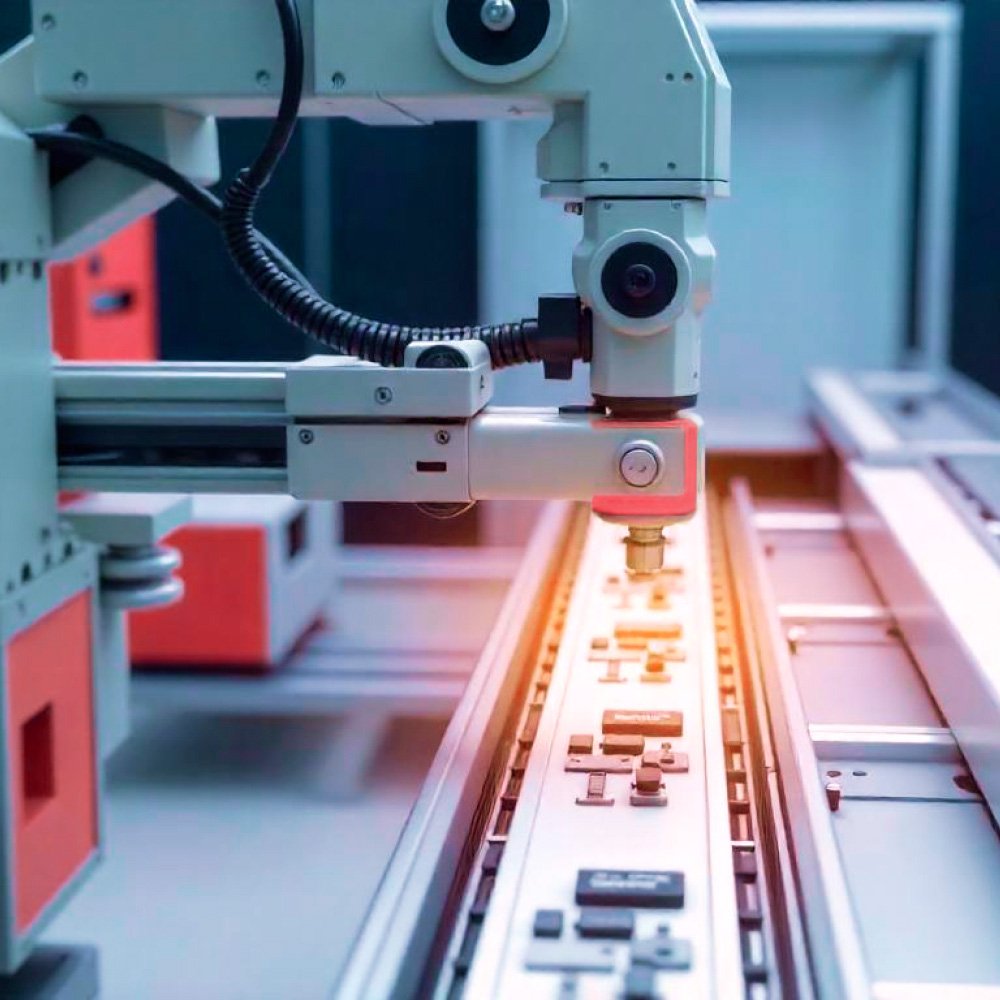In the era of Industry 4.0, automation is redefining manufacturing, logistics, and quality control. At the heart of this transformation is the use of cutting-edge vision camera sensors, robot vision sensors, and 3D camera industrial solutions. These technologies enable machines to see, analyze, and respond with unmatched precision, ensuring greater efficiency, accuracy, and adaptability in industrial environments.
The Role of Vision Sensors in Industrial Automation
Vision sensors are specialized cameras designed to capture and process images for real-time decision-making. Unlike traditional cameras, robot vision sensors integrate advanced imaging capabilities with artificial intelligence to analyze objects, track motion, and detect defects instantly. Some key advantages include:
- High-speed image processing for rapid production lines
- Enhanced defect detection using AI-powered algorithms
- Seamless integration with robotic arms and smart machinery
- Reduced operational costs by minimizing human intervention
Applications of 3D Cameras in Industrial Settings
A 3D camera industrial system provides depth perception, enabling machines to understand spatial dimensions and perform complex tasks. Unlike conventional 2D imaging, 3D vision allows:
- Accurate object positioning for robotic assembly lines
- Precision measurement in quality control processes
- Improved material handling through depth-based object recognition
- Enhanced safety by detecting human presence in automated zones
These applications are crucial in industries such as automotive manufacturing, food processing, and electronics assembly, where precision and reliability are paramount.
How Robot Vision Sensors Improve Manufacturing
Integrating robot vision sensors into automated systems enhances productivity by enabling robots to adapt to varying environments. Key benefits include:
- Adaptive automation – Robots can recognize different shapes, sizes, and orientations, eliminating the need for manual adjustments.
- Smart picking and placing – Vision-guided robots ensure precise object handling, reducing material waste and errors.
- Real-time quality assurance – Vision-based defect detection prevents faulty products from advancing in the production line.
Choosing the Right Camera for Industrial Automation
Selecting the right camera for industrial automation depends on the specific application. Some key factors to consider include:
- Resolution and Frame Rate – Higher resolution ensures finer details, while higher frame rates capture fast-moving objects without blur.
- Lighting Conditions – Industrial environments require cameras with adaptive exposure and low-light capabilities.
- Connectivity and Integration – Seamless communication with existing automation systems is essential for real-time decision-making.
- AI and Deep Learning Compatibility – Smart cameras with onboard processing enable edge-based analytics, reducing latency and bandwidth usage.
Future Trends in Industrial Machine Vision
As AI and machine learning continue to evolve, the future of vision camera sensor technology looks promising. Emerging trends include:
- AI-Powered Predictive Maintenance – Using vision sensors to detect early signs of equipment failure, reducing downtime.
- Edge Computing in Machine Vision – On-device image processing for faster decision-making without cloud dependency.
- Hyperspectral Imaging – Cameras capable of detecting material composition, revolutionizing quality inspection.
- Integration with IoT – Vision sensors connecting with smart factory ecosystems for real-time analytics and automation.
Conclusion
The adoption of 3D camera industrial solutions and robot vision sensors is transforming industrial automation by improving efficiency, accuracy, and scalability. Whether optimizing quality control, enhancing robotic vision, or enabling smart logistics, vision camera sensor technology is paving the way for the next generation of intelligent manufacturing.
